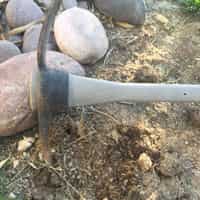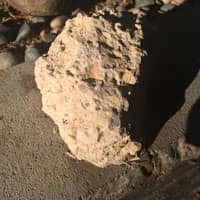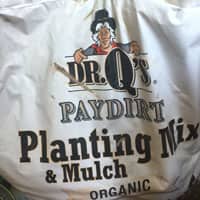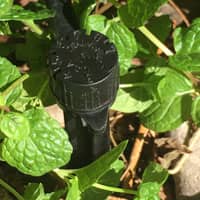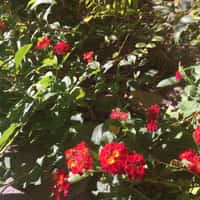Understanding & Preparing Soil for Planting
If money is no object you can hire a company to come out and test your soil to see exactly what it is composed of and amend it accordingly. I assume if you did, you would probably have a professional landscape design company handle the job from start to finish. So for the DIYers like myself, we will just have to go with the basics and hope our plants fare well.
It's not Great, but you can Improve It...
Las Vegas has many soil types but the most common are sand, clay and my worst nightmare...caliche! Caliche is a layer of soil or rock made up of calcium carbonate that is similar to cement. It binds together gravel, silt, clay and sand. When digging or breaking up Las Vegas soil it is likely you will run into caliche rock which may require some hard work to excavate.
If your planting area is large I recommend renting a rototiller to break up the top soil. You may find that the soil about 6 inches or lower is quite hard and will require a pickaxe to break up. I found that adding water to the soil for a few days before breaking it will help a bit.
Ammend Your Soil! A Must!
Plants and trees need nutrients and soft soil allows roots to spread easily. Las Vegas soil is lacking in both these areas. Once you have broken up the soil it is important to apply a soil additive. My favorite is "Dr. Q's Soil Paydirt" which can be found at Star Nursery. There are many Star locations throughout the valley. You can also use any composted mulch, but I find that Dr. Q's is specifically made for our soil type. Mix a rate of one-third soil ammendment to two-thirds of the native soil.
Water & Drip Irrigation
Water is a precious and restricted resource in Las Vegas. Check with Southern Nevada Water Authority to find your watering group. This will let you know what times and days you can use your sprinklers depending on the month of the year. I hired a professional to install my watering lines and adjust and add to the system as needed. You will find that most watering is done using drip irrigation. It allows for slow watering so that the water can seep down deeper into the earth. Otherwise, it will sit on top of the soil and evaporate.

